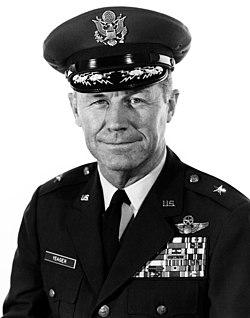Catch up with Puzzles 1, 2, and 3.
Puzzle 4
A riddle, a cipher, and a crossword can all make challenging and enjoyable puzzles. But a scrap of newspaper, completely lacking context, describing a pilot's trek around the world at the dawn of aviation? Now that's a proper treasure hunt clue. I think some puzzlers were put off by the lack of an obvious method for attacking this puzzle, but if there's one thing the puzzle hunt culture has taught me, it's that at least half the challenge--and half the fun--is figuring out what the puzzle wants you to do in the first place.
The first thing that jumps out as you read this clue is the list of very specific locations: Glasgow, Morristown, Ourinhos, and so on. It's obvious--or as close to "obvious" as Puzzle 4 ever comes--that the solution somehow involves these locations. My first instinct was to plot all the locations on a map of the world and see if any obvious pattern emerged. It did not. Next, I wondered whether the latitude and longitude of each was significant, so I started writing down coordinates for each of the places.
I soon ran into a problem, though: some of the cities are so large in area that they span significant fractions of a degree. Where was I supposed to designate as Glasgow's location? The city center? The Google Maps arrow? Fortunately, it didn't take me too long to realize what the obvious commonality was among all the cities: each had an airport. I dutifully started writing down airport coordinates, then it struck me that I should also be writing down anything that might be pertinent: hub airlines, year of founding... and airport codes.
At that point, the puzzle fell into place pretty quickly. The first three airport codes spelled the word "GLAMOROUS," and I knew I was on to something. The entire solution turned out to be "Glamorous Glennis is this password," with the ORD at the end coming from Chicago-O'Hare.
What I learned about American history: a little about Chuck Yeager and the airplane he used to break the sound barrier. Even though it was a bit light on history trivia and complexity, Puzzle 4's novelty made it probably my favorite of the entire hunt.
Puzzle 5
Compared to its predecessor, Puzzle 5 was incredibly straightforward. When you're puzzle-hunting, and you see a crossword puzzle, you solve it! The crossword would have been pretty tough on its own merits--I certainly didn't know who Otto III or Sheena Easton were--but as soon as I gave myself permission to use Google to find answers, it got a lot easier. When a crossword is an end in itself, using the internet is completely missing the point; when it's but a component in a larger puzzle, us crossword solvers can't let our ideals get in the way of the big picture.
The crossword's theme clues spelled out how to solve the puzzle. 17-Across, "The task," became "Decoding each row"; 36-Across, "The O's," became "Represented dots," and 56-Across, "The A's," became "Converted dashes". That's an obvious reference to Morse code (there is always Morse code in puzzle hunts), and once the whole crossword was solved, the only thing left to do was to write down a dash for each A and a dot for each O. Each row represented a letter (except for the sixth row, which was a space), which yielded the solution "Morse Telegraph". That refers to the original telegraph that Samuel Morse attached to his patent application, laying the foundation for the entire telecommunications industry.
What I learned about American history: the telegraph was invented by the same guy who developed Morse code. That's a seriously cool "history of technology" fact that I think might be underappreciated. I certainly didn't know it, and I'm a fan of both history and technology.


No comments:
Post a Comment